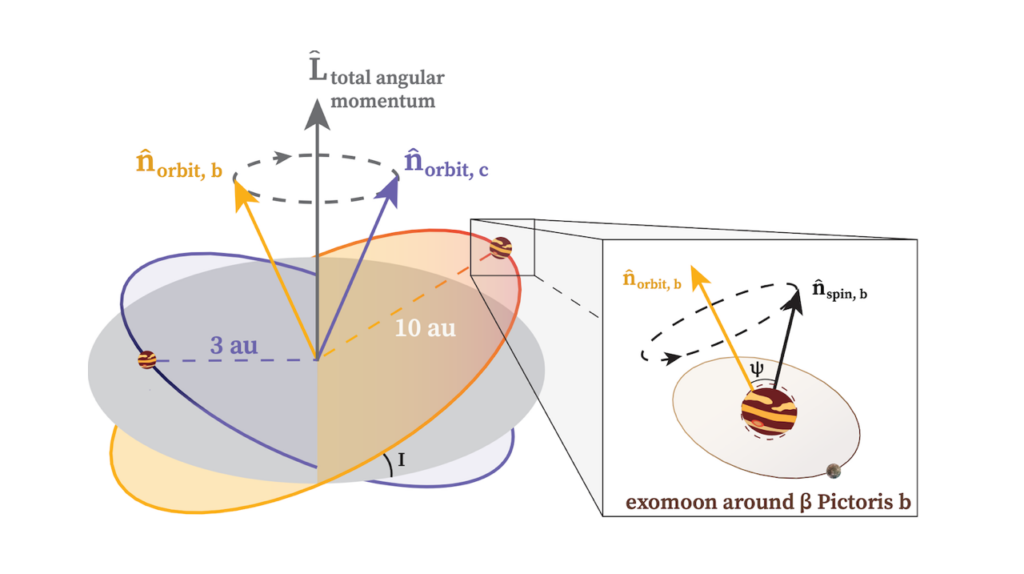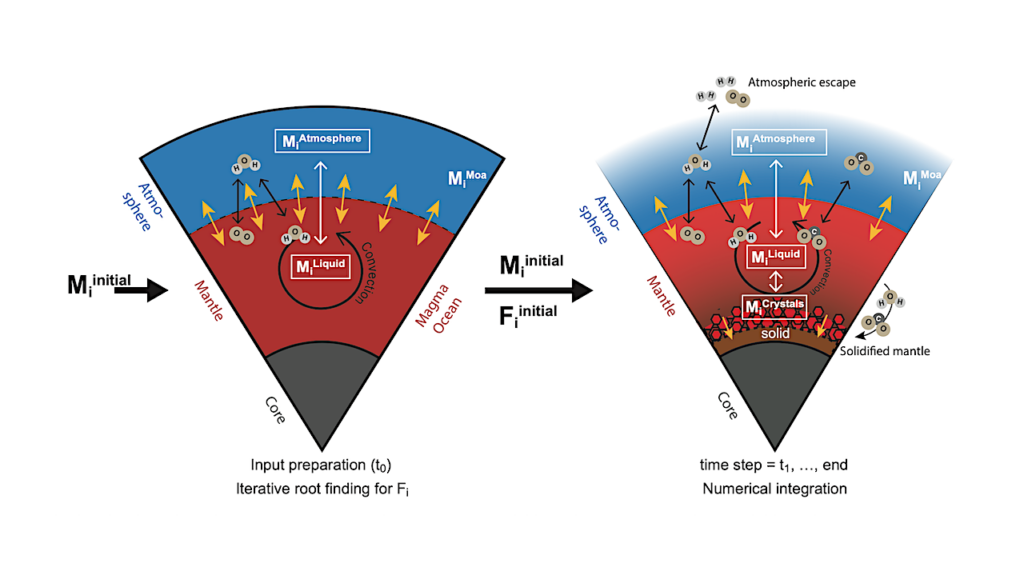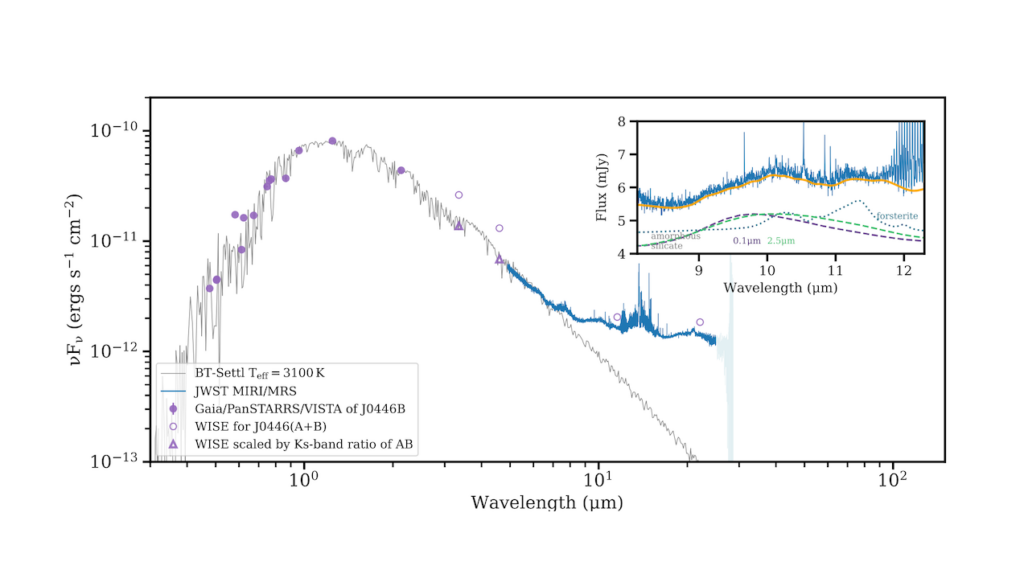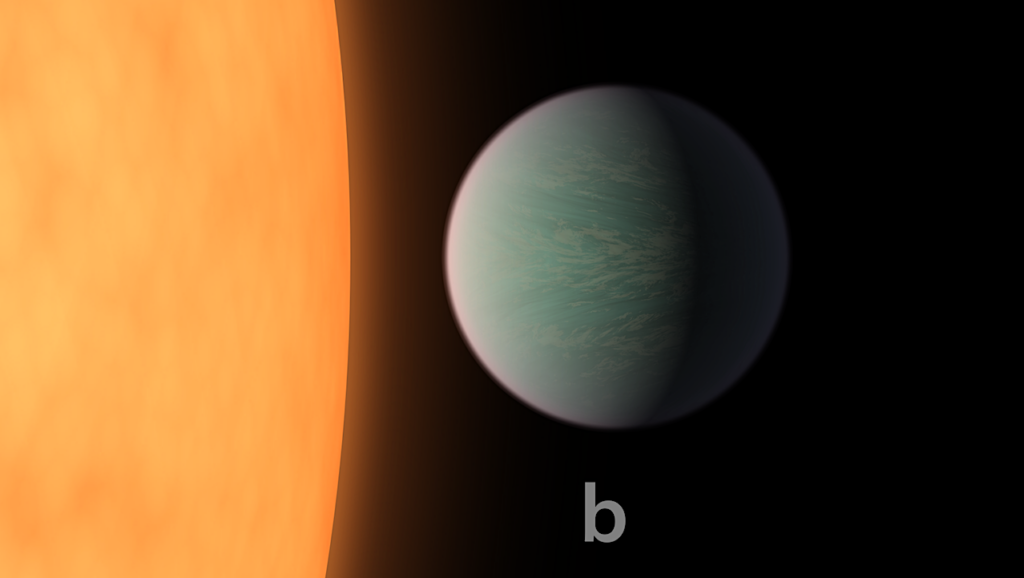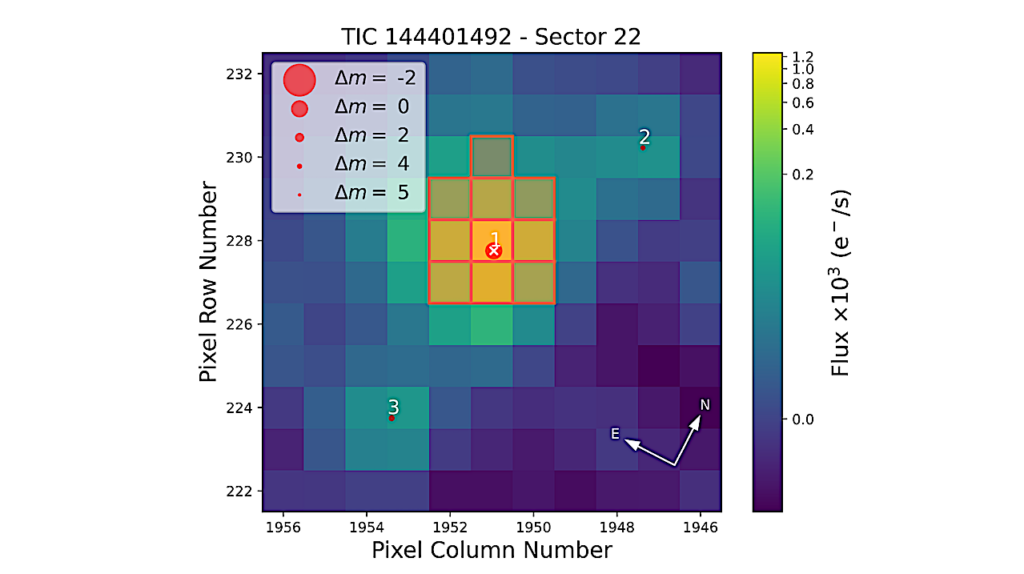Forward-modeling The Uncertainty Budget of High-resolution Spectroscopy of Exoplanet Atmospheres
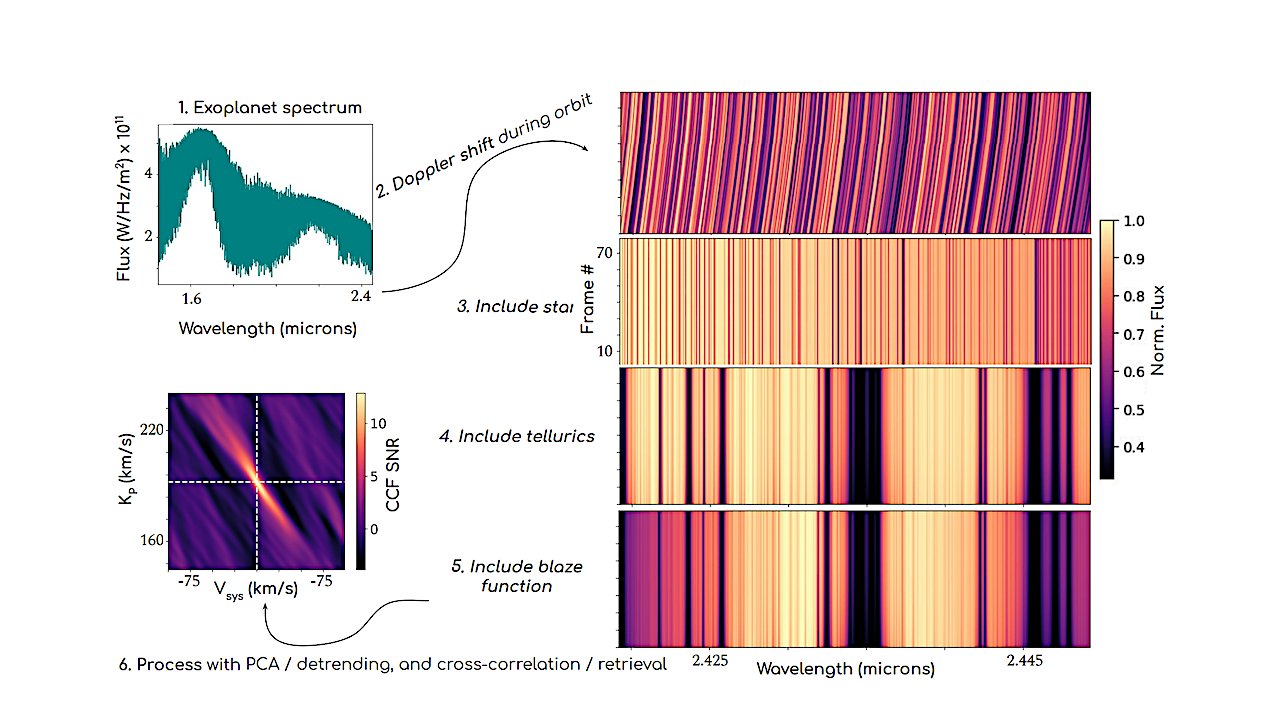
Ground-based high-resolution cross-correlation spectroscopy (HRCCS; R >~ 15,000) is a powerful complement to space-based studies of exoplanet atmospheres. By resolving individual spectral lines, HRCCS can precisely measure chemical abundance ratios, directly constrain atmospheric dynamics, and robustly probe multidimensional physics.
But the subtleties of HRCCS datasets — e.g., the lack of exoplanetary spectra visible by eye and the statistically complex process of telluric removal — can make interpreting them difficult. In this work, we seek to clarify the uncertainty budget of HRCCS with a forward-modeling approach. We present a HRCCS observation simulator, scope (this URL https://github.com/arjunsavel/scope ), that incorporates spectral contributions from the exoplanet, star, tellurics, and instrument.
This tool allows us to control the underlying dataset, enabling controlled experimentation with complex HRCCS methods. Simulating a fiducial hot Jupiter dataset (WASP-77Ab emission with IGRINS), we first confirm via multiple tests that the commonly used principal components analysis does not bias the planetary signal when few components are used. Furthermore, we demonstrate that mildly varying tellurics and moderate wavelength solution errors induce only mild decreases in HRCCS detection significance.
However, limiting-case, strongly varying tellurics can bias the retrieved velocities and gas abundances. Additionally, in the low-SNR limit, constraints on gas abundances become highly non-Gaussian. Our investigation of the uncertainties and potential biases inherent in HRCCS data analysis enables greater confidence in scientific results from this maturing method.
Arjun B. Savel, Megan Bedell, Eliza M.-R. Kempton, Peter Smith, Jacob L. Bean, Lily L. Zhao, Kaze W.K. Wong, Jorge A. Sanchez, Michael R. Line
Comments: 21 pages, 11 figures. Submitted to AJ; comments welcome
Subjects: Earth and Planetary Astrophysics (astro-ph.EP); Instrumentation and Methods for Astrophysics (astro-ph.IM)
Cite as: arXiv:2411.07303 [astro-ph.EP] (or arXiv:2411.07303v1 [astro-ph.EP] for this version)
https://doi.org/10.48550/arXiv.2411.07303
Focus to learn more
Submission history
From: Arjun Savel
[v1] Mon, 11 Nov 2024 19:00:35 UTC (9,587 KB)
https://arxiv.org/abs/2411.07303
Astrobiology


